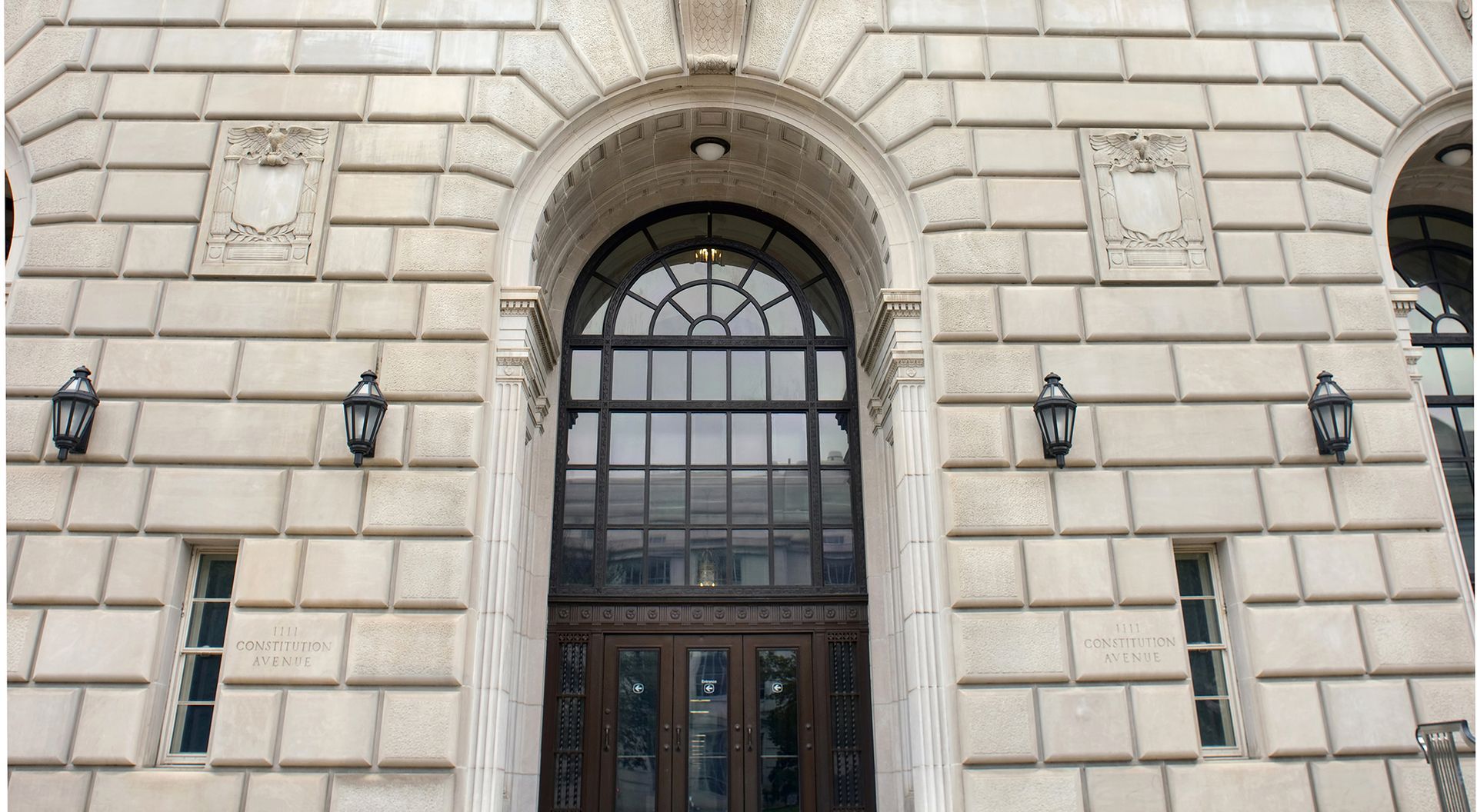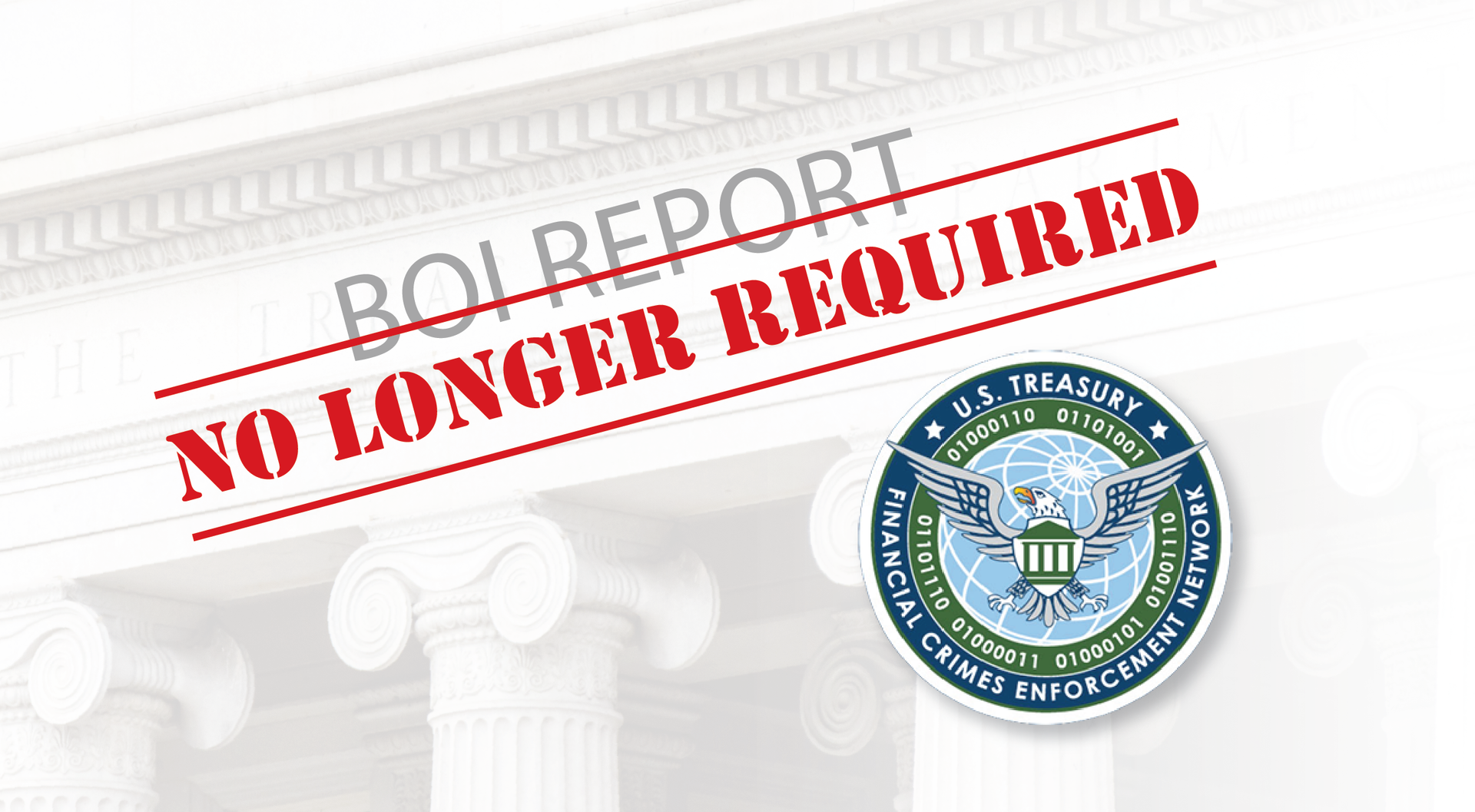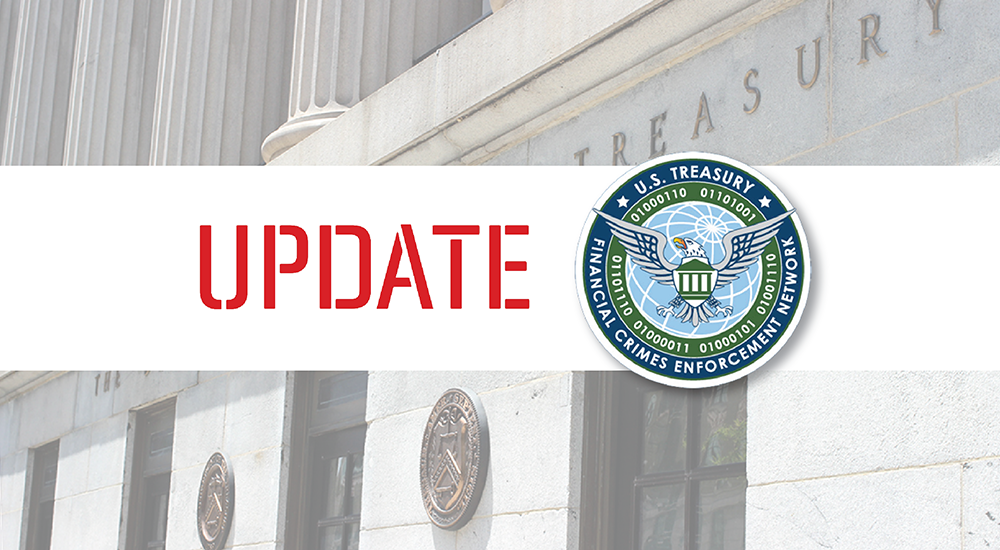Tim’s Tax News on the Tenth – April 2023
Bankruptcy Court Allows Disclaimed Inheritance to Be Recovered

While Bankruptcy courts are split, the majority permits a trustee to use the so-called strong-arm power under 11 USC Section 544(b) to extend the statute of limitations to six or 10 years by stepping into the shoes of the government as a creditor with claims under the Federal Debt Collection Practices Act and the IRS Code.
Chief Bankruptcy Judge Grandy of East St. Louis, Ill., recently rendered a decision that allowed the trustee to use the FDCPA to recover an inheritance that the debtor had validly disclaimed under state law. The debtor’s parents created an irrevocable trust in 1995, naming their four children as beneficiaries. The surviving parent died in 2019, leaving the debtor entitled to an inheritance of $375,000.00 from the trust. Four months later, the debtor disclaimed his interest in the trust. Accordingly, the debtor’s seven children received the inheritance.
More than one year after the disclaimer, the debtor filed a Chapter 7 petition. The debtor scheduled the IRS as having a $143,000.00 secured claim and a $6,400.00 unsecured priority claim. To recover the $375,000.00, the trustee filed an avoidance action under Section 544(b) against the debtor’s children. The trustee said he was stepping into the shoes of the IRS to recover the disclaimed inheritance as a fraudulent transfer under the FDCPA.
Section 544(b) provides that
the trustee may avoid any transfer of an interest of the debtor in property or any obligation incurred by the debtor that is voidable under applicable law by a creditor holding an unsecured claim that is allowable under section 502 of this title.
Sections 3304(a)(1) and 3304(b)(1) of the FDCPA, 28 U.S.C. §§ 3304(a)(1) and 3304(b)(1)(A), contain provisions similar to Section 548 of the Bankruptcy Code for the recovery of actual or constructively fraudulent transfers.
The children responded with a motion to dismiss. They reasoned that there was no estate property to recover because the debtor had validly disclaimed the inheritance under Illinois law. On March 17, 2023, Judge Grandy denied the children’s motion to dismiss. Judge Grandy stated that the FDCPA was similar to state fraudulent transfer statutes “with one marked difference”: The statute of limitations is six years. (There is a “split of authority” on whether the FDCPA is “applicable law” under Section 544(b)). Judge Grandy observed that Section 544(b) is “quite broad.” She alluded to the Supreme Court, which said that “applicable nonbankruptcy law” is construed broadly. Patterson v. Shumate, 504 U.S. 753, 758 (1992).
Judge Grandy addressed the children’s contention that the debtor never had an interest in the inheritance because he had validly disclaimed the inheritance. Because the debtor never had an interest in the property, they argued that he made no transfer that the trustee could recover.
Indeed, the Seventh Circuit held in a bankruptcy case not involving the FDCPA that there is no property to recover when the debtor has disclaimed an inheritance. Jones v. Atchison (In re Atchison), 925 F.3d 209 (7th Cir. 1991).
That is where the FDCPA comes into play together with its broad definition of “property.” Under 28 U.S.C. § 3002(12), “property” includes “any present or future interest” and “property held in trust.”
Under the Supremacy Clause of the U.S. Constitution and the FDCPA’s own supremacy clause, Judge Grandy said that Illinois law did not control. Under the controlling FDCPA, the debtor disposed of a “present interest” or a “future interest” in “property held in trust.” Therefore, the disclaimed inheritance “became property recoverable under” Section 541(a)(1). As the IRS would obviously not be constrained by state law property considerations when acting under the FDCPA, neither then is a trustee when proceeding under § 544(b)(1),” the Judge ruled.
Unrelated 2nd Story
The IRS unveiled its Strategic Operating Plan, an ambitious effort to transform the tax agency and dramatically improve service to taxpayers and the nation during the next decade. The 150-page report (can be found at: https://www.irs.gov/about-irs/irs-inflation-reduction-act-strategic-operating-plan) outlines the agency's historic plans to make fundamental changes following funding from last year's Inflation Reduction Act. The plan makes clear that the resources to be deployed over the short and long term will be used to:
• Rebuild and strengthen IRS customer service activities.
• Add capacity to unpack the complex filings of high-income taxpayers, large corporations, and complex partnerships.
• Update various outdated systems in IRS core operations.
If you would like more details, please do not hesitate to call our office. Our office has been successful in helping taxpayers with IRS and IDOR collection problems for over 30 years. If you have a tax or debt problem, please contact me at 847-705-9698 or thughes@lavellelaw.com and find out how we can help you.
Are you receiving the Lavelle Law eNewsletter? Sign up today and receive valuable updates and perspectives on a wide range of legal issues: http://bit.ly/3bu7KXj
More News & Resources
Lavelle Law News and Events












